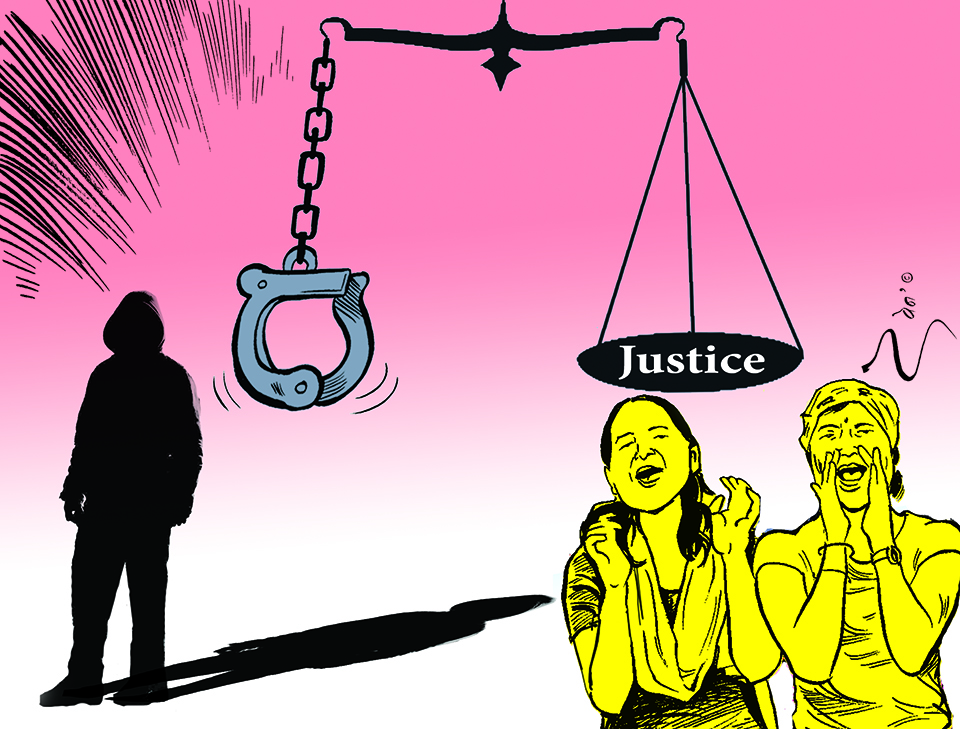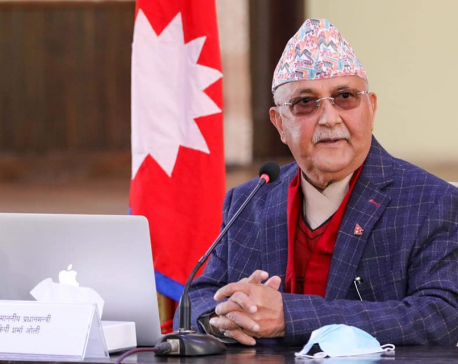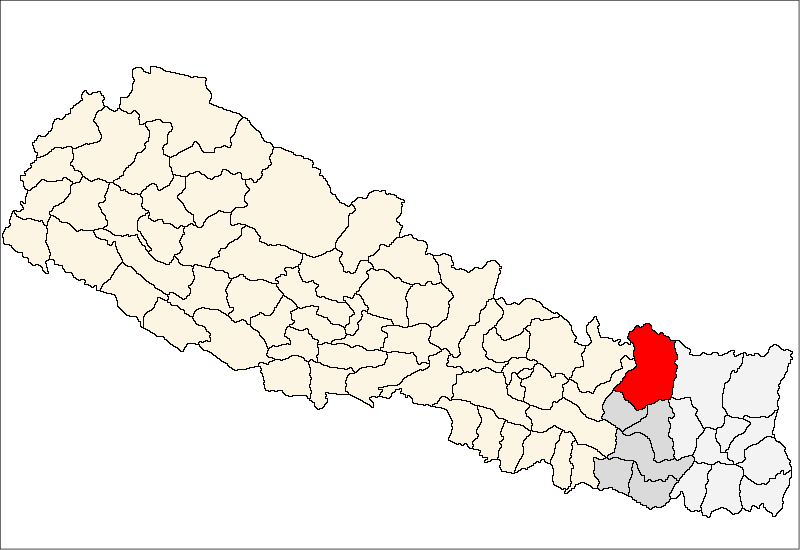
OR

The proposed high-level political mechanism is believed to be yet another strategy to award immunity to perpetrators of serious crimes committed during conflict-era
For the last few months, we are witnessing a state-sponsored political drama, staged most likely to highjack Nepal’s transitional justice process by seeking conflict victims’ support to replace the authentic transitional justice bodies with so-called High-Level Political Mechanism. The rationale of forming such a mechanism has been forwarded as taking “political ownership” for concluding the remaining tasks of peace process. The ‘carrot and stick’ donor-driven approach has enrolled in a section of victims loyal to the incumbent regime. But the victims who realized being trapped in the wrongdoing have pulled out from what seems like a ‘pro-perpetrator’ process. The dysfunction of Truth and Reconciliation Commission (TRC) and Commission of Inquiry on Enforced Disappeared Persons (CIEDP), constituted nearly four years ago, is cited to justify replacing them with a political body.
On the other hand, officials of TRC and CIEDP transitional justice bodies have been continuously blaming the respective governments for failing to support them with appropriate legal framework and sufficient human and financial resources.
Transitional justice is no doubt an integral part of peace process and it won’t complete without genuinely and properly addressing the underlying issues of conflict-era. Human right is and should be the starting point of transitional justice. The process demands transparency, accountability and victim-friendly approach. Accountability does not only demand justice but is an alternative to potential revenge. The process is also about reparation, compensation and reconciliation ensuring non-repetition of heinous crimes committed during the conflict-period. Yes, not all losses of the victims can be compensated but they should be able to rebuild their lives. Amnesty in exchange of admission of guilt is not acceptable. Truth seeking demands public trust. The foul play in the process by any means is unacceptable.
In this context, this article is focused on briefly analyzing the reason behind failing of current transitional justice mechanisms, the hypothesis behind the high level political body followed by a way forward in completing the process by ensuring broader acceptance.
Justice deferred
It should be noted that Comprehensive Peace Agreement (CPA) committed to form TRC within six months of signing the agreement on November 21, 2006 but it took about eight years to come into being under a flawed law. The TRC and CIEDP were created on the basis of political bhagbanda and these bodies served as the shadows of political actors. Moreover, the commissions were made ineffective by not implementing Supreme Court’s orders and not equipping them with sufficient human and financial resources. The Conflict Victims’ Common Platform (CVCP) took a position of being ‘critically engaged’ losing trust in the commissions. The Accountability Watch Committee (AWC), a body representing the victims, human rights groups, journalists and human rights lawyers, has taken the position of ‘being updated but not engage’. CVCP and AWC along with other organizations submitted a common document to the government for the amendment of TRC Act as well.
In the meantime, the United Nations expressed inability to get engaged with or support the commissions constituted under the Act which did not meet international standards. The international human rights organizations, including Amnesty International, Human Rights Watch and International Court of Justice (ICJ) regularly issued statements advising the lawmakers and governments to make the legal framework complying with the international human rights laws. But this has not happened yet. Hence, shifting the blame only to transitional justice bodies is unfair.
The successive governments and the political parties are equally responsible for making TRC and CIEDP unproductive and stagnant. However, we cannot also rule out the fact that both the commissions constantly failed to earn the trust of the victims and failed to recommend even a single registered case for justice by resisting political pressure. The proposed high level political mechanism, reminiscent of army integration model, is believed to be yet another strategy to award immunity to the perpetrators of serious crimes committed during the conflict-era.
One should be mindful that integration of combatants in Nepal Army and transitional justice process are two different issues. Army integration was purely a political issue. The process involved only political cadres looking for a living and they had no option to abiding by political decision. Transitional justice process is not that simple. It is directly related with the concerns of conflict victims and the people. It goes beyond politics and drags into it the issues of justice and international concerns. Theory of ‘negotiation’ or ‘selection’ cannot apply in this process.
Nepal is a state party to more than 30 UN treaties. It cannot ignore international obligations. Nor can it ignore the spirits of CPA, SC orders, UN guidelines and the concerns of international human rights community and concerned stakeholders. Hence, politically-driven mechanism, with likely symbolic participation of the victims, cannot address this complex issue. The proposed model has already been is viewed as a measure to legalize crimes committed in the past.
Maoist party, one of the warring factions of the time, has already lost its credibility by misusing powers to protect its cadres who committed criminal acts. Amnesty to Bal Krishna Dhungel (the murder convict of Ujjan Kumar Shrestha of Okhaldhunga) and political protection to Chabilal Paudel (main accused of killing of Krishna Prasad Adhikary of Gorkha district) are two cases in point. Proposed model is likely to serve the interests of the perpetrators rather than the victims.
Way forward
The victims have waited for justice for 12 long years. We are running out of time to resolve transitional justice issue. The proposed ‘hit and trial’ approach with a political model is against the principle of transitional justice and will likely promote impunity and further prolong the process. It will not address justice issues but might invite international interventions instead.
If we are to address the transitional justice process, with less controversy, we have no option but to make the authentic institutions more vibrant, clearly specifying their responsibilities and making them committed to the cause of justice. We must free these institutions from political control.
For this trust building is crucial. This can be achieved by immediately amending the faulty TRC Act in line with the SC orders, reconstituting the transitional justice bodies by making them trustworthy, impartial, independent and effective, and equipping them with sufficient and efficient human and financial resources, including international technical aid with a realistic timeframe for completing the remaining tasks.
The author is Coordinator of Accountability Watch Committee (AWC)
You May Like This

A Case of Two Cartoons
There is a thin line separating creative provocation from group defamation. All too often we see TV shows or cartoons... Read More...

Rethinking business
We need a shift in paradigm from business is politics and politics is business to business in nature and vice... Read More...

Reforming Planning Commission
Development planning is a political process. National Planning Commission, as part of that machinery, belongs in the Prime Minister’s Office Read More...




Just In
- NEA Provincial Office initiates contract termination process with six companies
- Nepal's ready-made garment exports soar to over 9 billion rupees
- Vote count update: UML candidate continues to maintain lead in Bajhang
- Govt to provide up to Rs 500,000 for building houses affected by natural calamities
- China announces implementation of free visa for Nepali citizens
- NEPSE gains 14.33 points, while daily turnover inclines to Rs 2.68 billion
- Tourists suffer after flight disruption due to adverse weather in Solukhumbu district
- Vote count update: NC maintains lead in Ilam-2














Leave A Comment